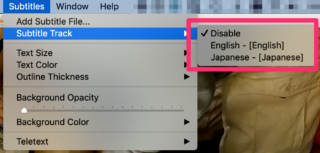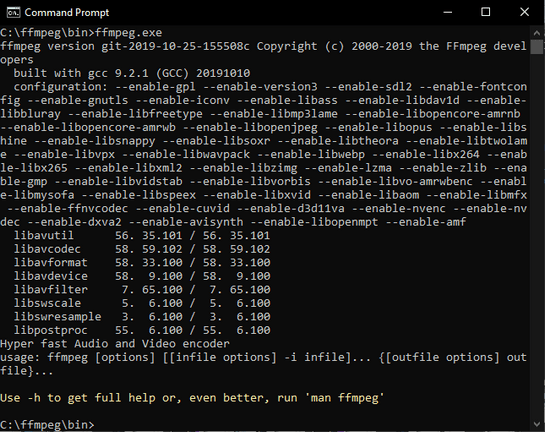

You can use the Windows command-line instead, but batch files are easier to correct, edit, and re-use. And note that “original_size” must be set to the size of the video. Replace “Video.mp4” and “English.srt” with the names of your files, and then save the text file, using the “.bat” extension, perhaps calling it “ffmpeg.bat” or something similar. Also, this process re-encodes the video, which leads to further loss of quality.įirstly, download the latest Git build of FFmpeg and extract the zip file to a folder of your choice (trying to avoid a path with spaces).ġ) Copy your video and its subtitle file to the “bin” directory of FFmpeg.Ģ) Assuming a simple MP4 video and SRT subtitle file, open Notepad and type the following:įfmpeg -i Video.mp4 -vf subtitles=English.srt:original_size=1280x720 -c:v libx264 -crf 22 -c:a copy Final.mp4 Once burnt in, they will be part of the picture for good, so keep the originals if you can.

What if one needs to burn the subtitles into the video itself, so that it becomes part of the picture? FFmpeg can do this quite easily-it is useful if a device cannot read subtitles or if they cannot be turned on for some reason. In this post, we will focus on running FFmpeg in the terminal.In the other article, I wrote about combining (or muxing) video and subtitles into a single file. If you plan to use it in a real world application, there also many other packages that can help you include in your Java, Python or Node.js project. The easiest way to install FFmpeg on macOS and use it from the command line, would be to use Homebrew. You will learn how to convert video and audio files into different formats, extract audio from video files, transform images into videos or generate GIFs, among other things.

In this post, we will focus on how to use FFmpeg, in macOS, from the command line. It has been around for 2 decades and its libraries are a core part of products like VLC and it is known to have been included in core processing workflows for YouTube and iTunes. ffprobeĪ multimedia stream analyser tool to extract meta data from media files. ffplayĪ multimedia player using the FFmpeg libraries. The command line tool to convert media files between formats.

What is FFmpegįFmpeg (aka Fast Forward mpeg) is a free and open source multimedia framework that ships with several libraries and it is divided in 3 main tools: ffmpeg It is still the best option, when you just want to quickly manipulate media files from the command line. But you would be surprised how many of these projects, media companies and services are actually using FFmpeg. In 2021, a quick lookup online will unveil several free open source projects, websites or cloud based solutions.ĭepending on what you want to achieve, you will probably find your answer without ever reading or hearing about FFmpeg. There are many tools out there to help you convert, edit and manipulate video and audio files.


 0 kommentar(er)
0 kommentar(er)
